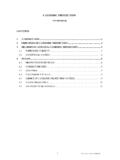Transcription of 4.18 Principles of Cathodic Protection - Elsevier
1 Of Cathodic ProtectionV. AshworthThis article is a revision of the Third Edition article by V. Ashworth, volume 2, pp 10:3 10:28, 2010 Elsevier of Applying Cathodic Current of in and Cathodic Attenuation in Impressed-Current currentBSBritish StandardDCDirect currentemfElectromotive forceENEuropean NormNACEN ational Association of corrosion EngineersSRBS ulfate-reducing bacteriaSymbolsEPotentialE Equilibrium potentialEaAnodic potentialEcCathodic potentialEcorrCorrosion potentialICurrentIaAnodic currentIcCathodic currentIcorrCorrosion currentIlimLimiting currentIROhmic drop (equivalent to a voltage) Historical BackgroundIn recent years, it has been regarded as somewhatpasse to refer to Sir Humphry Davy in a text oncathodic Protection .
2 However, his role in the applica-tion of Cathodic Protection should not be ignored. In1824, Davy presented a series of papers to the RoyalSociety in London,1in which he described how zincand iron anodes could be used to prevent the corro-sion of copper sheathing on the wooden hulls ofBritish naval vessels. His paper shows a considerableintuitive awareness of what are now accepted as theprinciples of Cathodic Protection . Several practicaltests were made on vessels in harbor and on sea-going ships, including the effect of various currentdensities on the level of Protection of the also considered the use of an impressed current2747device based on a battery, but did not consider themethod to be first full-hull installation on a vessel in ser-vice was applied to the frigate HMS Samarang in1824.
3 Four groups of cast iron anodes were fitted,and virtually perfect Protection of the copper wasachieved. So effective was the system that the pre-vention of corrosion of the copper resulted in the lossof the copper ions required to act as a toxicide formarine growth, leading to increased marine fouling ofthe hull. Since this led to some loss of performancefrom the vessel, interest in Cathodic protectionwaned. The beneficial action of the copper ions inpreventing fouling was judged to be more importantthan preventing deterioration of the Protection was therefore neglected for100 years, after which it began to be used successfullyby oil companies in the United States to protectunderground is interesting that the first large-scale applicationof Cathodic Protection by Davy was directed at protect-ing copper rather than steel.
4 It is also a measure ofDavy s grasp of the topic that he was able to considerthe use of two techniques of Cathodic Protection ,namely sacrificial anodes and impressed current, andtwo types of sacrificial anode, namely zinc and cast Electrochemical Aqueous CorrosionThe aqueous corrosion of iron under conditions of airaccess can be written as2Fe O2 2H2O!2Fe OH 2 1 The product, ferrous hydroxide, is commonly furtheroxidized to magnetite (Fe3O4) or a hydrated ferricoxide (FeOOH), that is, is convenient to consider separately the metallicand nonmetallic reactions in eqn [1]:2Fe!2Fe2 4e 2 O2 2H2O 4e !4OH 3 To balance eqns [2] and [3] in terms of elec-trical charge, it has been necessary to add four elec-trons to the right-hand side of eqn [2] and to theleft-hand side of eqn [3].
5 However, simple additionand rationalization of eqns [2] and [3] yield eqn [1].We conclude that corrosion is a chemical reac-tion [1] occurring by an electrochemical mechanism(eqns [2] and [3]), that is, by a process involvingelectrical and chemical 1is aschematic representation of aqueous corrosionoccurring at a metal [2], which involves consumption of themetal and release of electrons, is termed an anodicreaction. Equation [3], which represents consump-tion of electrons and dissolved species in the envi-ronment, is termed a Cathodic reaction. Wheneverspontaneous corrosion reactions occur, all the elec-trons released in the anodic reaction are consumed inthe Cathodic reaction; no excess or deficiency isfound.
6 Moreover, the metal normally takes up amore or less uniform electrode potential, often calledthe corrosion or mixed potential (Ecorr). Cathodic ProtectionIt is possible to envisage what might happen if anelectrical intervention was made in the corrosionreaction by considering the impact on the anodicand Cathodic reactions. For example, if electronswere withdrawn from the metal surface, it might beanticipated that reaction [2] would speed up (toreplace the lost electrons) and reaction [3] wouldslow down, because of the existing shortfall of elec-trons. It follows that the rate of metal consumptionwould contrast, if additional electrons were intro-duced at the metal surface, the Cathodic reactionwould speed up (to consume the electrons) and theanodic reaction would be inhibited; metal dissolutionwould be slowed down.
7 This is the basis of 2shows the effect on the corrosion reac-tion shown inFigure 1of providing a limited supplyof electrons to the surface. The rate of dissolutionMetal (iron orsteel)EnvironmentFe2+FeFe2e2eFe2+2OH 2OH O2+2H2 OFigure 1 Schematic illustration of the corrosion of steel inan aerated environment. Note that the electrons released inthe anodic reaction are consumed quantitatively in thecathodic reaction, and that the anodic and cathodicproducts may react to produce Fe(OH) Protectionslows down because the external source rather thanan iron atom provides two of the 3shows the effect of a greater electron supply; corro-sion ceases since the external source provides all therequisite electrons.
8 It should be apparent that there isno reason why further electrons could not be sup-plied, when even more hydroxyl (OH ) ion would beproduced, but without the possibility of a concomi-tant reduction in the rate of iron dissolution. Clearly,this would be a wasteful corrosion reaction may also be representedon a polarization diagram (Figure 4). The diagramshows how the rates of the anodic and Cathodic reac-tions (both expressed in terms of current flowI) varywith electrode potentialE. Thus, atEa, the net rate ofthe anodic reaction is zero and it increases as thepotential becomes more positive. AtEc, the net rateof the Cathodic reaction is zero and it increases as thepotential becomes more negative.
9 (To be able torepresent the anodic and Cathodic reaction rates onthe same axis, the modulus of the current has beendrawn.) The two reaction rates are electrically equiv-alent atEcorr, the corrosion potential, and thecorresponding currentIcorris an electrical represen-tation of the rate of the anodic and Cathodic reactionsat that potential, that is, the spontaneous corrosionrate of the metal. That is, atEcorrthe polarizationdiagram represents the situation referred to above;namely, that when spontaneous corrosion occurs, therate of electron release equals the rate of electronconsumption, and there is no net current flowalthough metal is consumed, and meanwhile themetal exerts a single electrode hold the metal at any potential other thanEcorrrequires that electrons be supplied to, or be with-drawn from, the metal surface.
10 For example, atE0, thecathodic reaction rateI0c, exceeds the anodic reactionrateI0a, and the latter does not provide sufficientelectrons to satisfy the former. If the metal is tobe maintained atE0, the shortfall of electrons givenby (|I0c| I0a) must be supplied from an externalsource. This externally supplied current serves toreduce the metal dissolution rate , the net anodic reaction rate is zero (thereis no metal dissolution) and a Cathodic current equaltoI00cmust be available from the external source tomaintain the metal at this potential. It may also beapparent fromFigure 4that, if the potential is main-tained belowEa, the metal dissolution rate remainszero (Ia 0), but a Cathodic current greater thanI00cmust be supplied; more current is supplied with-out achieving a benefit in terms of metal loss.
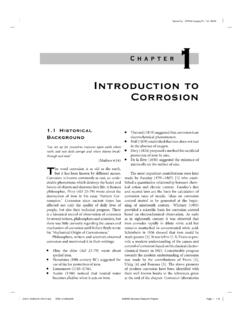
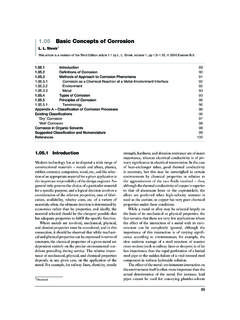
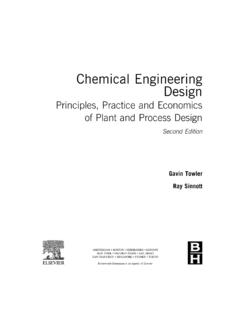
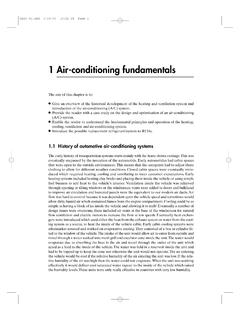
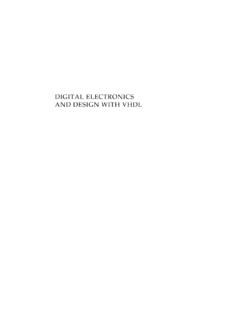


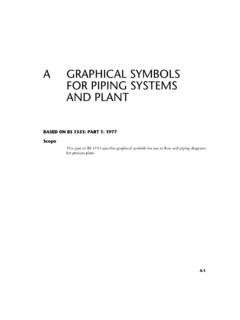
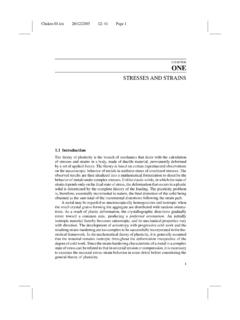
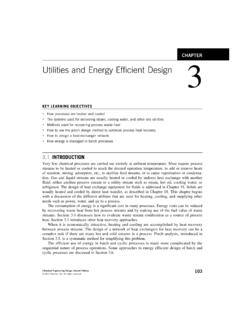
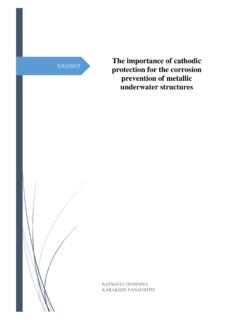

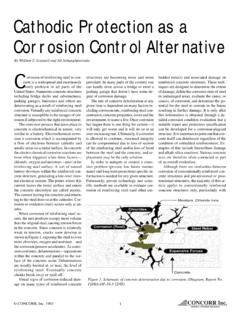
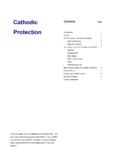
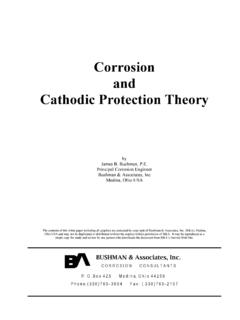



![Corrosion Protection.ppt [Read-Only] - University of Iowa](/cache/preview/1/c/f/9/2/e/d/5/thumb-1cf92ed5cf903dbf2b6cd3a840081a01.jpg)
